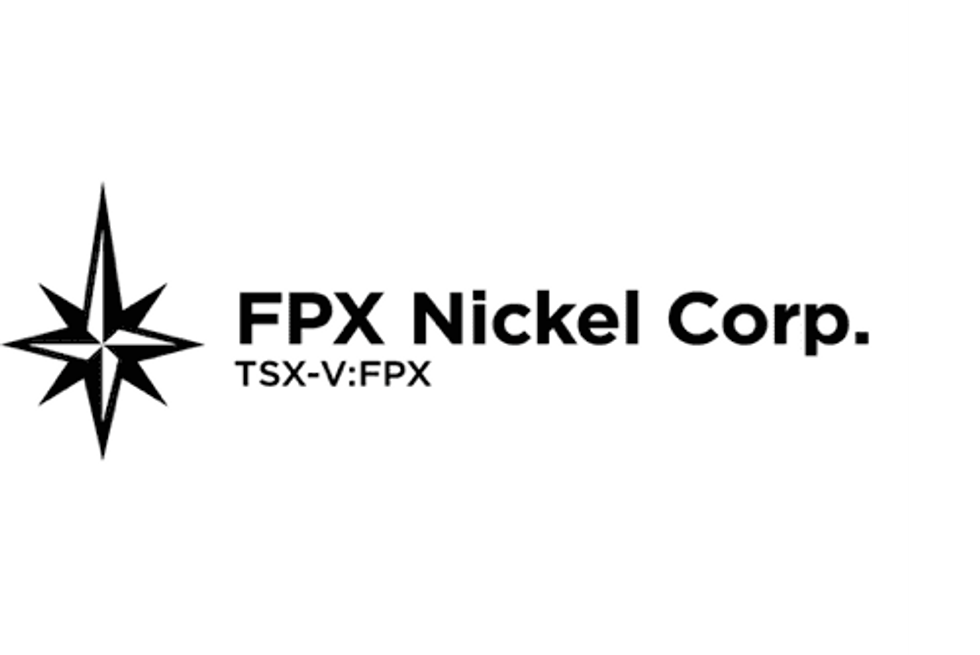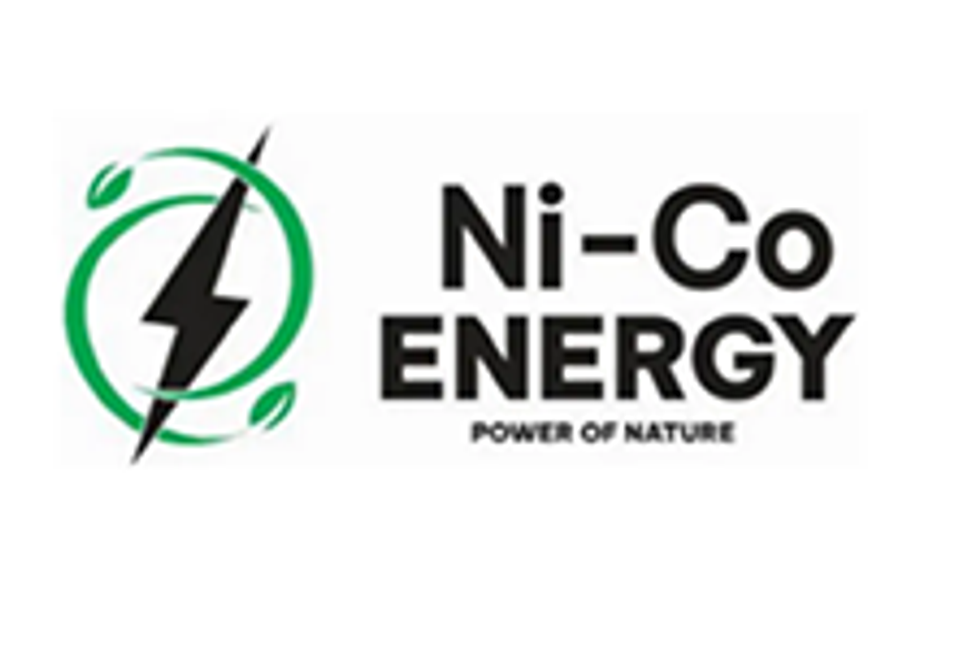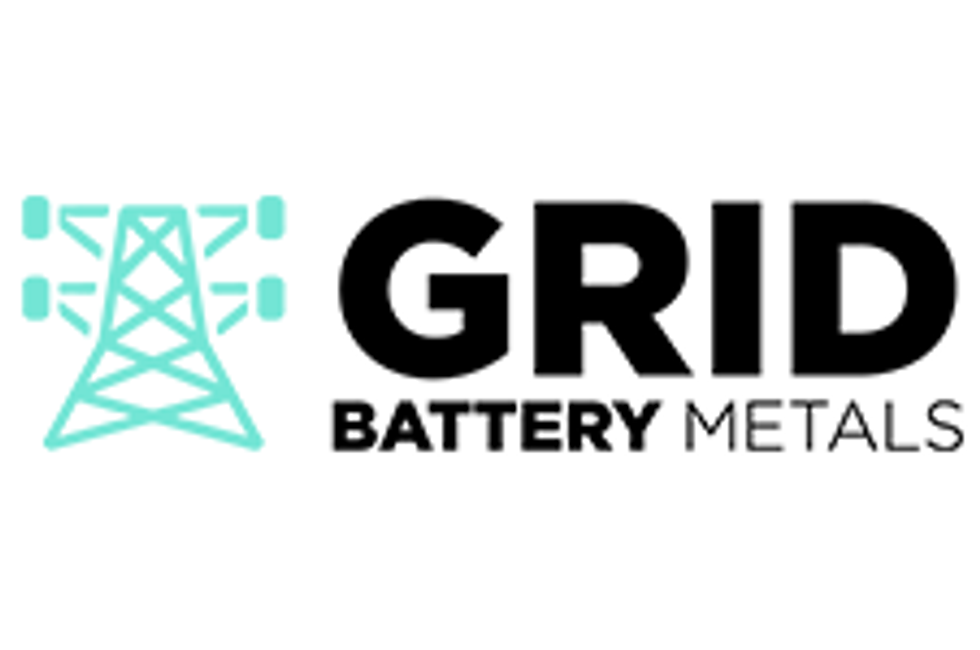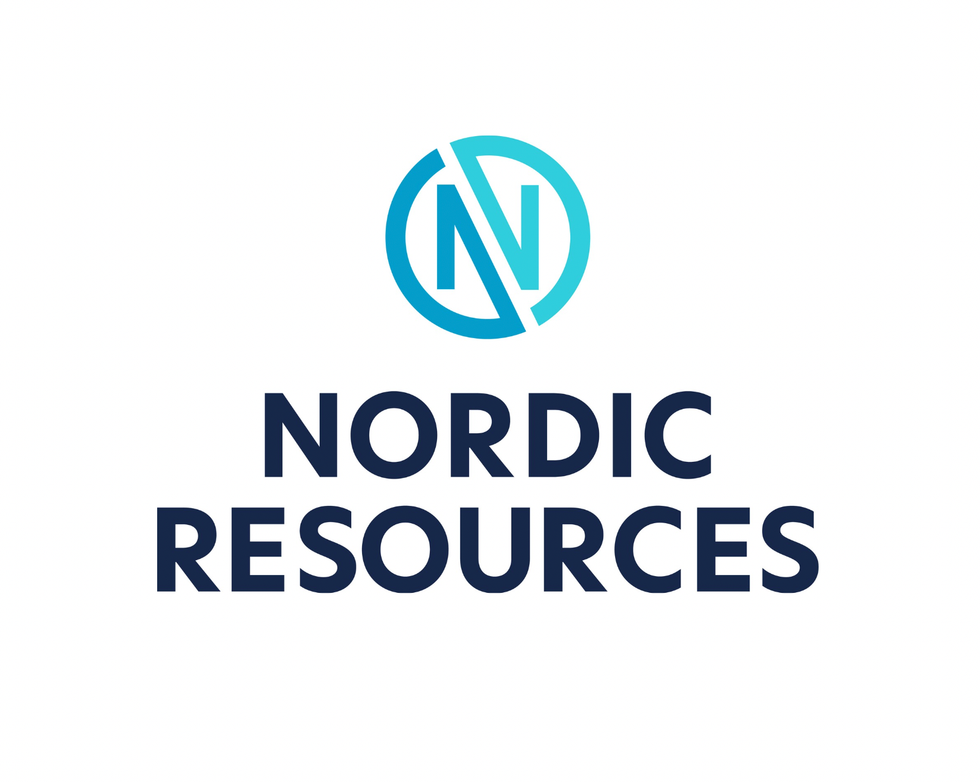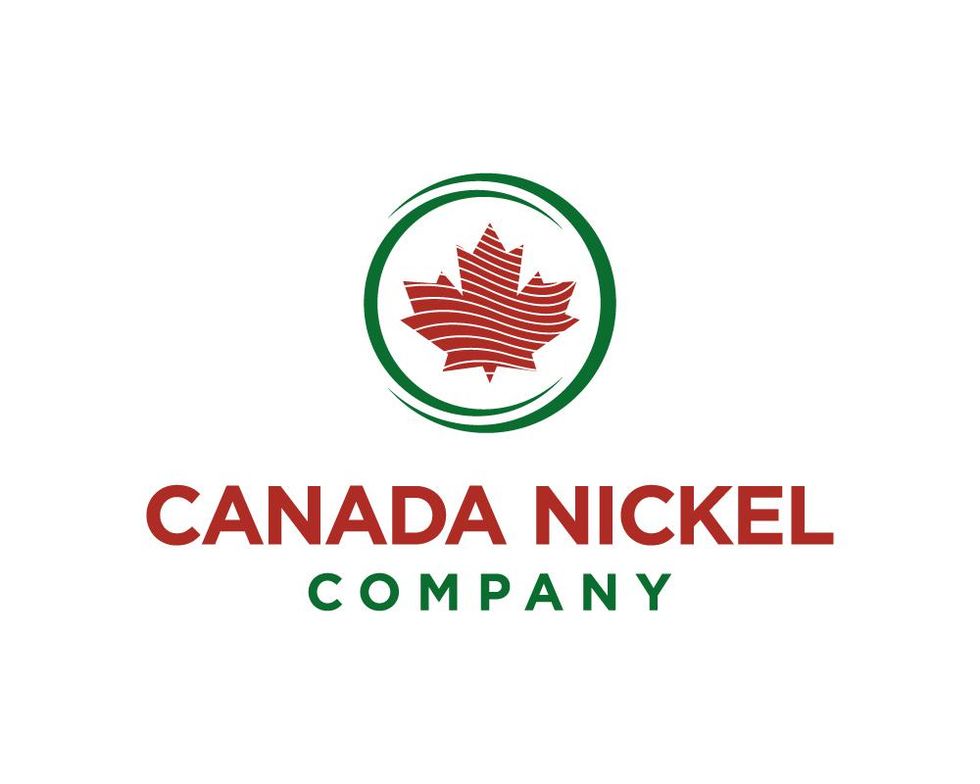
What’s the nickel price forecast for 2017? Analysts predict that increasing demand from China and infrastructure policies could continue to push prices up.
After a troubled 2015, nickel surged in 2016 together with other base metals, supported by the credit-fueled construction boom in China and Trump’s potential infrastructure plans.
Analysts’ 2017 nickel price forecasts remain positive, with many predicting that the metal could become one of the best-performing commodities of the year. Some have even compared it to zinc’s surge in 2016. Those positive predictions are based on expectations of continued rising demand and tightening nickel supply in the Philippines, a top nickel-producing country.
Read on to learn more about the nickel market in 2017, from supply and demand to the nickel price forecast. Overall the year looks promising for the base metal.
Nickel price forecast: Prices
In 2015, three-month LME nickel was the worst performer, with a loss of over 40 percent. At the beginning of 2016, nickel hit a 12-year low on the back of concerns about high inventories. It dropped to $8,120 a tonne in January and even further in February, to $7,580 — that was its lowest price since 2003.
But the nickel price forecast improved in the second half of the year, as environmental concerns led to an audit in the the Philippines. It ended led to suspensions in mine production, and by the end of the year the base metal was trading at $10,010.
Nickel still has upside potential, Cliff Smee, head of research and analysis for mining at GlobalData, told the Wall Street Journal. “Growth is supported by rises in the population and urbanization in emerging economies such as China and India, which are expected to invest heavily in upgrading infrastructure and expanding industrial and output capacity,” he said.
After base metals rallied in the last quarter of 2016, many banks and analysts raised their 2017 nickel price forecast. Morgan Stanley (NYSE:MS) increased its estimated nickel price forecast by 13 percent, to $11,657. “Most of the base metals are back at the top of our list,” analysts added.
According to Wood Mackenzie, nickel’s upward trend will continue in the first half of 2017 as ore stocks in China approach depletion point from March to April.
In addition, Citigroup predicts that most raw materials will perform strongly next year. “For commodities in general, the oversupply that was induced by high prices in the first decade of this century are finally being balanced,” analysts led by Ed Morse said.
Goldman Sachs (NYSE:GS) also said investors should bet on higher commodities prices as manufacturing picks up around the world. That is the first time the bank has recommended an overweight position in more than four years.
“Supply restrictions from policy actions should benefit oil, coking coal and nickel in the near term while economic reductions should boost natural gas and zinc,” analysts led by Jeff Currie said.
Nickel price forecast: Demand
The latest Metals Balances report released by the World Bureau of Metals Statistics states that refined nickel consumption during the first 10 months of 2016 surged higher by 104,900 MT compared to the previous year.
According to a report from the Economic Times, the spot nickel market is seeing a trend of increased demand from alloy makers and other industries that consume the metal.
“People are beginning to see that the demand side of the equation is going to be better than expected,” Bill O’Neill, a founding partner at Logic Advisors in Upper Saddle River, New Jersey, said to Bloomberg. “There’s still optimism of more infrastructure spending. That’s playing into higher prices.”
According to Wood Mackenzie, the ongoing ramp up of new stainless melting capacity in China warranted a substantial increase in forecast demand. “Despite the new NPI production in Indonesia, the nickel market will end 2016 in deficit and it is still expected to remain undersupplied through to 2020,” analysts at the firm said.
After the US election results, the nickel market saw the most prominent response, with daily LME cash prices increasing by 7.4 percent between November 7 and November 11, according to CRU. “We anticipate continued volatility in western alloying metal markets as sentiment swings in response to new policy announcements,” the outlet also said.
Last December, Morgan Stanley said that Trump’s promise to rebuild US infrastructure was a brand-new upside risk for its commodity outlook. “Yes, we do believe China is in the mature stage of its 25-year-old materials growth cycle, and that the U.S. may only be at the start of a new one. But the potential exists for a medium-term competitive overlap for selected commodities,” the firm said.
The International Nickel Study Group (INSG) has said that despite the challenging economic environment, world nickel usage will continue to grow in both 2016 and 2017 due to the increase in production of the austenitic stainless steel grades in all main markets.
“In the non-stainless steel sectors primary nickel demand will maintain a positive trend in the aerospace industry and in the battery sector.”
Nickel price forecast: Supply
The Philippines accounts for about a quarter of global mined nickel supply, with most production going to China. In 2016, eight nickel mines in the country were suspended, with another 14 put on notice. As mentioned, those closures boosted the nickel price forecast.
Leo Jasareno, director of the Mines and Geosciences Bureau, told Reuters that the suspensions followed “various complaints of environmental degradation,” adding they would be in effect until the companies complied with conditions set by the agency.
These suspensions will have a significant impact on nickel’s supply since Indonesia, the largest producer of mined nickel, has made it clear that it will not relax its export ban on nickel ores, which has been in place since January 2014.
Eduard Haegel, asset president of BHP’s (ASX:BHP,NYSE:BHP,LSE:BLT) Nickel West unit, said: “[t]here are signs that this year could be finally the turning point for nickel with many expecting the market to be in deficit and so starting the much needed re-balancing process.” He added, “[t]he welcome return to balance over the next few years should see further recovery in nickel prices.”
The INSG reported that world primary nickel production was 1.973 million tonnes in 2015, and decreased to 1.934 million tonnes in 2016. It projects an increase in production to about 2.047 million tonnes in 2017, but has warned about possible production disruptions that could impact the market and nickel price forecast.
Macquarie expects the global nickel deficit to increase to 93,000 tonnes in 2017 from 67,000 tonnes this year.
Nickel price forecast: Investor takeaway
So what is the nickel price forecast? It seems nickel prices could continue to surge next year, supported by increasing demand from China and infrastructure policies from incoming US President Trump. Investors should pay attention to any tightening in supply due to suspensions in the Philippines. The next few months may be interesting for nickel, as analysts agree that the base metal could be on track to become the next best-performing commodity in 2017.
Don’t forget to follow us @INN_Resource for real-time news updates!
Securities Disclosure: I, Priscila Barrera, hold no direct investment interest in any company mentioned in this article.
This article is updated each year. Please scroll to the top for the most recent information.
Nickel Price Forecast 2016
By Charlotte McLeod
A year ago, nickel market watchers were hoping to see a deficit in the second quarter of the year. At the very worst, analysts were calling for balance in the space after years of turmoil.
However, as those who’ve kept up with nickel-related developments are no doubt aware, neither of those positive predictions came true. In fact, quite the opposite happened — as the below chart from Kitco shows, the nickel price crept steadily downward throughout 2015, ending the year just below $4 per pound.
Putting that into perspective, Bloomberg states that as of midway through December, the nickel price had fallen more than 40 percent since the start of the year. Meanwhile, The Sudbury Star recently described nickel as “the worst performing main contract on the London Metal Exchange,” noting that the metal reached its lowest price since June 2003 in November.
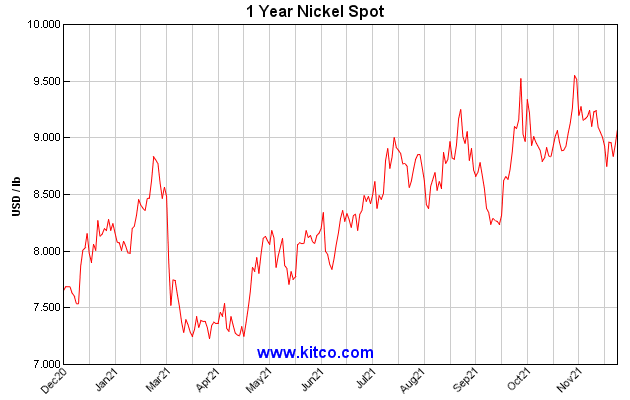
To find out what went wrong for the nickel price in 2015, and to learn what’s in store for the base metal in 2016, the Investing News Network reached out to Salman Partners’ Raymond Goldie. Here’s what Goldie, also a director at Equitas Resources (TSXV:EQT), had to say.
2015 nickel themes
Nickel’s 2015 price troubles can largely be summed up in one word: China.
According to Bloomberg, the Asian nation is facing its “weakest growth in a generation,” an issue that’s reduced demand for many products. However, nickel has been particularly hard hit because China consumes about half of the world’s nickel.
Explaining the situation in more detail, Goldie said that while end-use demand for nickel did grow in 2015 by about 3 to 4 percent, “to a degree that neither [he] nor the market expected, much of this demand was satisfied by running down stockpiles of finished nickel, both in China and the US, that were larger than had been realized.”
In other words, the deficit that was expected by some did not happen because there was more finished nickel available than anticipated.
Goldie also pointed out that China’s continued production of nickel pig iron — a low-grade ferronickel used in stainless steel production as a cheaper alternative to finished nickel — didn’t help matters.
“Like the dog that did not bark in the night, the big news [in the nickel space in 2015] was what did not happen: China apparently did not cut its production of pig nickel to a rate below 300,000 tonnes of contained nickel per annum,” he said.
Originally, Goldie had expected depleting Chinese inventories of high-grade nickel laterite ore (used to make nickel pig iron) “to force, around the end of October, sharp cutbacks in China’s production of pig nickel.”
2016 nickel price forecast
2015 might have been a bad year for nickel, but luckily many involved in the space are hopeful about its prospects in 2016.
Goldie is one such optimist. He believes that a “surge in China’s net imports of finished nickel in September and October” indicates that the country’s finished nickel inventories “are probably down to normal working levels now.” Furthermore, he sees a number of other factors positively impacting the nickel market in 2016, namely:
- US inventories of finished nickel should get back down to “normal levels” during the first quarter of 2016
- Chinese inventories of feedstock for nickel pig iron smelters should be “largely gone around the same time”
- End-use demand from both China and the western world should continue to grow by 3 to 4 percent per annum
All in all, he “expect[s] a bull market in nickel that could last several years.”
Other optimists include Morgan Stanley (NYSE:MS), which according to Bloomberg has chosen nickel as its “most preferred metal.” The firm has an average nickel price forecast of $10,692 per tonne for 2016, and is calling for the metal’s price to reach $12,236 in 2017. Bloomberg also notes that nickel is also a top pick for Credit Suisse Group (NYSE:CS).
RBC Capital Markets sees good times ahead for nickel as well, though it doesn’t see 2016 being a breakout year for the metal — it states in a recent report that it’s “reduced [its] price forecasts and pushed out [its] expectation for a significant increase in nickel prices to 2017 and beyond.” The firm sees the metal averaging $5 per pound in 2015, then rising each year to reach an average of $11 in 2019.
For its part, the International Nickel Study Group is predicting a small deficit for 2016.
Investor takeaway
It’s tough to say whether 2016 will be a good year for nickel or another disappointment like 2015. While all of the positive commentary discussed above is certainly promising, it may be tough for investors to swallow given the current state of the market.
For clues on the nickel price forecast, it seems that China will be the key factor to watch — and while that might sound broad, paying attention to the catalysts mentioned by Goldie could be a good start. In particular, he recommended keeping an eye on the Asian nation’s net trade in finished nickel because “import/export figures are generally more reliable than other economic statistics.”
It’s also worth noting that nickel production cuts from major miners like Glencore (LSE:GLEN) may be in the cards; however, as yet only cuts from Chinese nickel producers have emerged, and there’s been little reaction from the nickel price so far.
Securities Disclosure: I, Charlotte McLeod, hold no direct investment interest in any company mentioned in this article.
Editorial Disclosure: The Investing News Network does not guarantee the accuracy or thoroughness of the information reported in the interviews it conducts. The opinions expressed in these interviews do not reflect the opinions of the Investing News Network and do not constitute investment advice. All readers are encouraged to perform their own due diligence.
